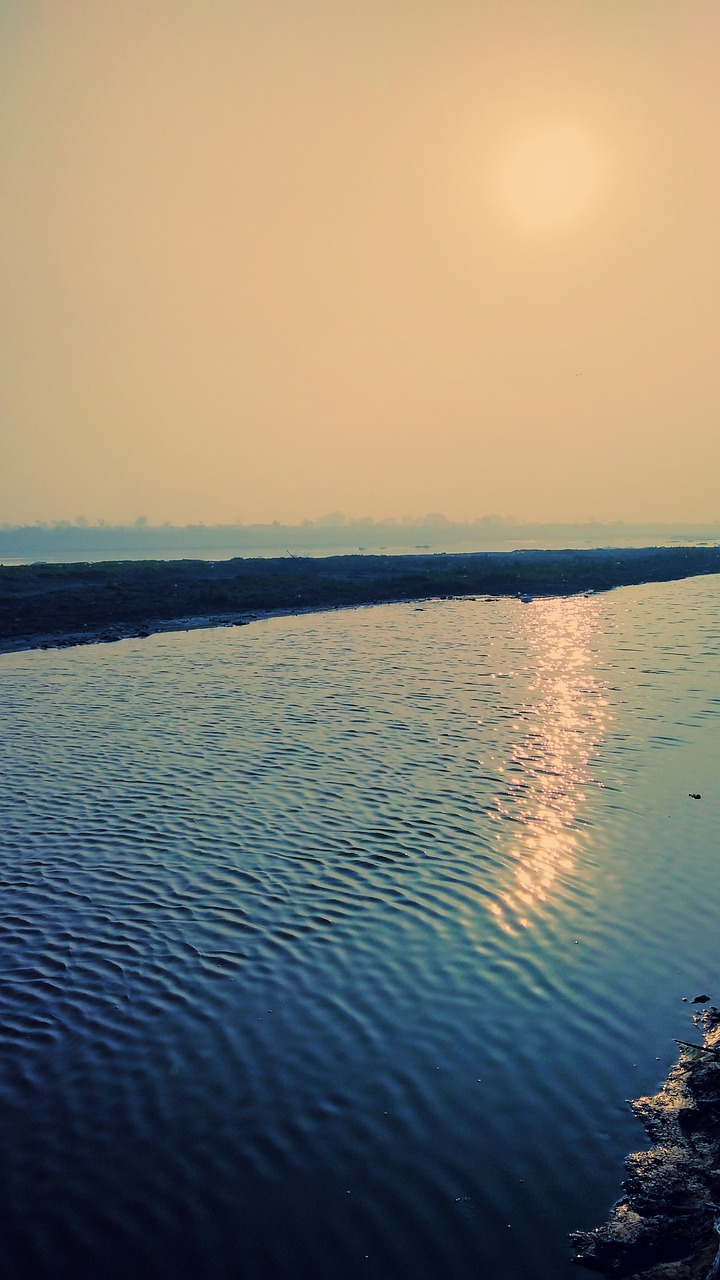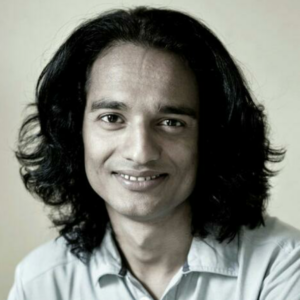
Yamuna River in Delhi
New Delhi: A meeting of the apex body on flood control in Delhi has been delayed for two years. It was a part of breaking news recently. The office of Lieutenant Governor V.K. Saxena and the Delhi government led by Delhi’s Water Minister Aatishi and Flood Control Minister Saurabh Bhardwaj levelled a series of allegations against the Central Government on this issue.
Another issue on Delhi’s waters is being debated in the Delhi High Court. The state has a corrected record of water bodies in the national capital. Recently submitted there were 1,367 water bodies, including lakes, ponds, johad (percolation ponds), etc. The count was 1,045 earlier in the revenue records. The satellite imagery system helped them to gather this figure, and the court directed them to explore it on the grounds.
The Delhi State Wetland Authority (DSWA) and the revenue department last week shared the progress report about so far accessed 1,291 water bodies, out of which only 656 were found. The remaining 635 do not exist on the ground, however, are available in maps and other records.
Almost half of Delhi’s water bodies do not exist today. Budhela Johad defines this crisis. A non-government organisation, CYCLE (Centre for Youth, Culture, Law and Environment), and its co-founder Paras Tyagi raised this issue.
Budhela Johad near Vikaspuri in West Delhi has been a part of this debate for quite some time as an example to explain how the Sahitya Kala Parishad, an agency of the Delhi government, and the Delhi Development Authority (DDA) which functions under the Government of India, have been the main players in its destruction. The dried-up johad was occupying 1.5 acres. The DDA allotted it to Sahitya Kala Parishad, the cultural wing of the government of Delhi. Next year Delhi High Court started the conservation of such public utilities and the apex court also issued directives to that effect in 2022. But still, the state government reportedly continued with the construction works here.
A third set of facts relevant here deals with the 27th report of the Standing Committee for Water Resources in the 17th Lok Sabha. It’s been in public since February 2024, that is before the 18th general elections. The review of Upper Yamuna River cleaning projects up to Delhi, and riverbed management in Delhi have been awaited for a few years since the formation of a body under the chairmanship of then Banaskantha MP Prabhat Bhai Patel. The state agencies and departments presented certain “distorted” facts to continue with the damming dilemma and to ensure security, prosperity and development with the help of innovative technology. River experts like Himanshu Thakkar and Bhim Singh Rawat have claimed to have exposed its lies and distortions.
Yamuna rights activists have been talking about the Ganga keepers of the district-level committees in the five Ganga river basin states and complaining about the step-daughterly treatment of Yamuna in Delhi. The Standing Committee for Water Resources has juxtaposed bits and pieces together. The CGF (Clean Ganga Fund) funded the SGTs (State Ganga Committee) to start the 169 district-level committees including 13 in Uttarakhand, 75 in Uttar Pradesh, 38 in Bihar, 4 in Jharkhand and 9 in West Bengal.
Moreover, the DDA deployed 134 security guards to patrol an area covering Wazirabad Barrage to Okhla Barrage and also installed a hundred close circuit television cameras (CCTV) in between to stop the dumping of debris. They had issued 928 challans amounting to ₹2.41 crores and collected ₹46.87 lakhs in three years (2019 to 2021). During the peak of the lean season in June, Delhi Water Minister Aatishi started yet another series of patrolling along the 15-kilometre-long stretch of Munak Canal to save water from the notorious tanker mafia.
A non-cooperative attitude of the states like Uttarakhand, Uttar Pradesh, Himachal Pradesh, and Rajasthan before the Standing Committee is further reflected in the responses of these governments.
Meanwhile, bureaucrats have been dreaming of presenting Delhi with the lost river. Delhi government in association with the Union of India and the other democratic bodies, the municipal corporations is ready to restore the glory and dignity of the Sahibi River which originates between Alwar and Jaipur in Rajasthan to merge in the Yamuna in the national capital.
Yamuna and Sahibi both reflect how the inhabitants occupying their respective banks destroyed them.
*Kaushal Kishore is the author of The Holy Ganga, Rupa 2008, and co-convener of Citizen Council for Yamuna.
Image by RAJIV KUMAR from Pixabay






